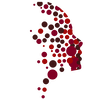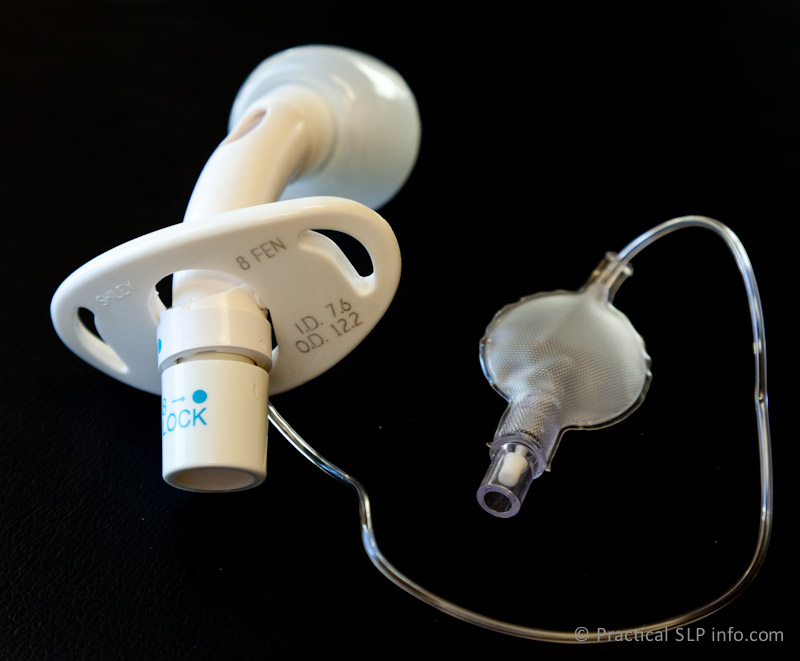Standard Air Cuff Inflation
The trachea is a sensitive structure and like any part of the body, relies on adequate blood flow for proper tissue health and function. If too much pressure is applied to the trachea, again like any other portion of the body, blood flow to this are will be restricted or even cut off entirely. When this happens, the tissues begin to deteriorate and may even die.
When discussing cuff inflation then, it is important to understand this principle. The purpose of the cuff inflation is to seal the airway. Yet too much pressure against the trachea may cause damage to these tissues. This is why proper cuff inflation is important.
To inflate a cuff, a syringe filled with air is connected to the pilot balloon. Once properly connected, the air is the pushed into the cuff with the syringe.
Proper cuff inflation occurs when the cuff effectively seals the airway, while also exerting the least amount of necessary pressure against the trachea. Since every person is different, there is no safe “standard” to use for every patient regarding how much air to use during cuff inflation. General guidelines apply but your doctor will use various methods to determine how much air results in appropriate cuff inflation.
Assessing cuFf status
The pilot balloon will always be the best guide for helping to determine if a cuff is inflated, deflated, or somewhere in-between. If the balloon is flat, one can assume the cuff is largely deflated. If it is “puffy,” some level of inflation exists. For adequate cuff inflation however, the pilot balloon is merely a guide; typical manometry measurements of cuff pressures are far more reliable to determine cuff status.
Manometry measurement is also very helpful in determining if there may be a leak in the cuff (similar to a leak in a tire or a balloon). If a patient requires cuff inflation, a leak in the cuff will not allow for adequate use. In this case, the tracheostomy tube should be replaced.
Foam cuff inflation
Foam cuffs inflate and deflate the opposite way to standard air cuffs. While standard air cuffs require active inflation with a syringe, foam cuffs will inflate spontaneously and automatically. For deflation, a syringe must be used to draw air from the cuff and then the pilot line is sealed with a “stopper” to prevent spontaneous re-inflation. Because foam cuffs will “auto-inflate,” they should NEVER be used with most speaking valves.


